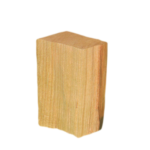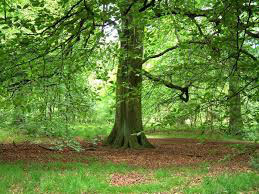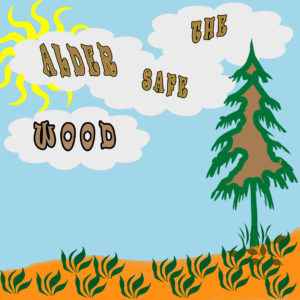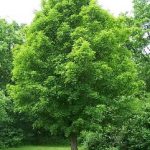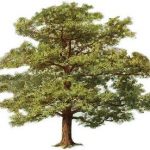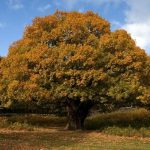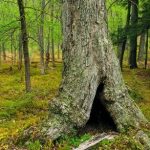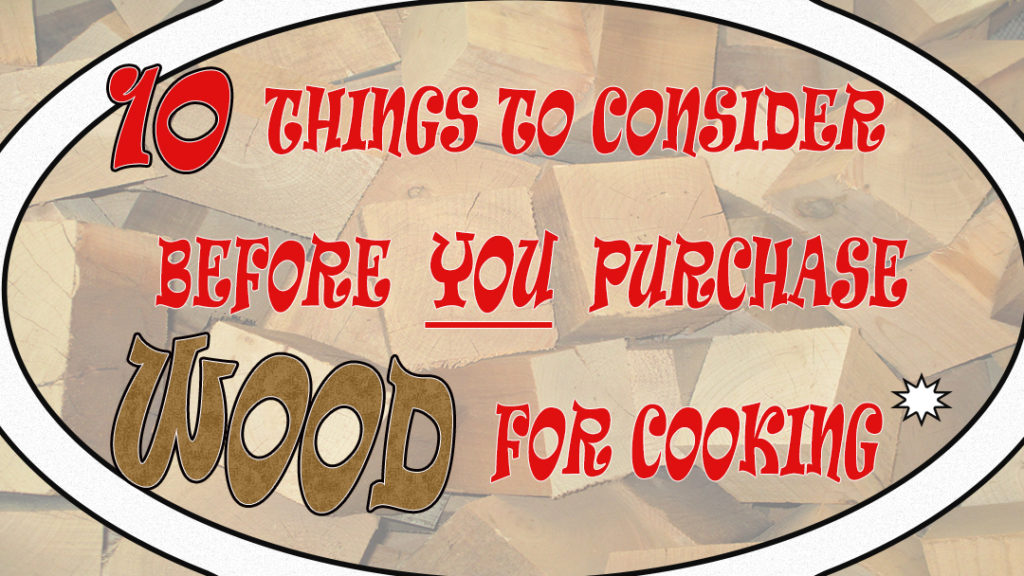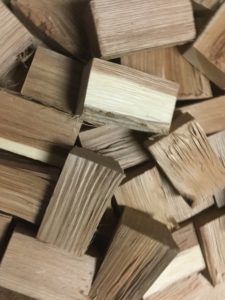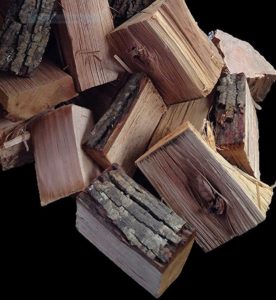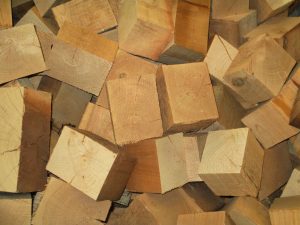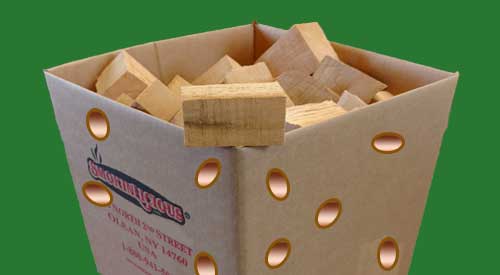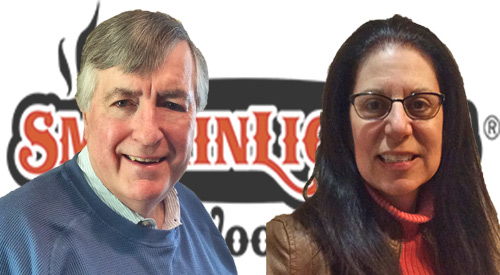Sat 21 Jul 2018
Technique® Cast Iron Pan-Test
Posted by DonnaGRead other related stories: General Smoking Information , Smoking Dust , Smoking with chips
No Comments
Preliminary Test Kitchen Results
The Smokinlicious® Test Kitchen had an opportunity to use the Technique® Cast Iron Pan and Smoker which many of you purchased via QVC. Here are some preliminary findings by our Culinary Team:
➝Use caution when selecting cuts of meat with this cast iron pan! We had purchased a 10 lb. pork shoulder and struggled to get the cover tightly on the pan. Right now, it appears that cuts less than 8 lbs. would be ideal for cooking/smoking/roasting/grilling.
➝I’m sure we were not the only purchasers to be disappointed to read in the Technique® brochure that you should “not try to smoke in the oven” with this unit. Rest assured, Dr. Smoke will see if there is a means of actually smoking in a conventional oven by using low temperature and Liquid Infused Wood Chips /Smokin’ Dust®.
/Wood Chunks with this smoker unit (more on these findings as they become available).
➝ We cooked both a bone-in pork shoulder and bone-in chicken breast. Both cooks revealed great moisture to the meat. We used the recommended medium heat setting on our gas range but found that the cast iron pan radiates a significant amount of heat. Thus, we recommend reducing the heat setting to a low-medium (“3″ if you have a digital setting) on gas units. We also turned the heat off our cast iron pan approximately 20 minutes prior to completing the cooking time in order to benefit from the pan’s ability to generate further heat on its own. Remember, all meat should rest prior to cutting.
➝ There was considerable “rendering” out of the fat drippings into the drip pan. There is significant staining on the stainless steel drip pan so you may want to consider lining the pan with foil or even parchment paper to reduce metal staining.
➝ Smokin’ Dust® Usage: although the dust will render black in this pan, it did give off a tremendous amount of aroma. We used the Smokin’ Dust® dry, about 2 Tablespoons worth, in the center of the smoking pan. This appears to be the correct amount although we did not feel it produced as much flavor to the meat as a conventional smoker.
➝ Wood Chips: we used Wild Cherry Wood Chips (standard grind) in the smoker pan while cooking a bone-in chicken breast on the gas stovetop. The chips also produced significant aroma in the air but we found that they produce much more flavor to the meat. Keep in mind, our chicken breast was just over 2lbs so it fit easily in the grill pan with the cover tightly on. The fact that more flavor was infused in the chicken could be the result of less air leakage than the pork shoulder and the fact the chicken is much more porous allowing for ease in accepting smoke. We used the Wood Chips pre-soaked for 15 minutes in water, then allowed to drip dry before placing in the smoker pan. We used approximately 1 handful and spread them in the smoking pan to allow the drip pan to fit easily in place. Once our chicken was finished, we noted that the wood chips also blackened during the cooking process, much like the Smokin’ Dust®.
At this stage in our testing of the Technique® Cast Iron Pan and Smoker, we feel it is comparable to other stovetop units that we’ve tested. One important difference is the fact that there is no built in thermometer, so you must check the meat with a handheld or wireless thermometer to ensure you remove the food at the proper cooking temperature. Here are some other points worthy of mention:
➝ this is a heavy cast iron pan and all parts of it become very hot
➝ the pan can use some additional seasoning as there is some food sticking occurring with the grill pan
➝ it does take some effort to clean but if you re-season and continue to use the cast iron pan, I would anticipate this to become less of an issue
➝ there is a significant convection occurrence when cooking which produces a very moist product but as mentioned above, you must time the cooking process to ensure no over-cooking
Stay tuned for additional posting regarding this cookware. Our plans are to try the Smokin’ Dust®.
mixed with liquid as well as to try our Woodscuit ® Flavor-Infused products.
Till then, “Bon-Bar-B-Q!”
Donna G

Dr. Smoke- The Technique® Cast Iron Pan & Smoker passes the Smokinlicious® kitchen test with flying colors when using our sized hardwood smoking chips!

For more related reading on stove top smoking, check out these articles:
Stove Top Smoked Riccota Cheese Delight
The Easy Method to Make Cold Smoked Cheese
Yum, Yum! – Infusing Wood Smoke Flavor into Brussels Sprouts



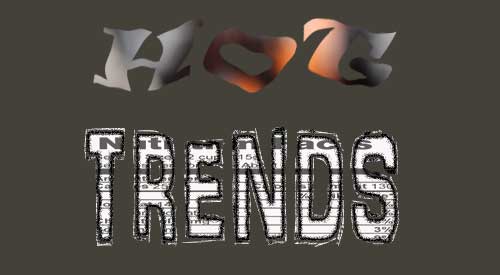



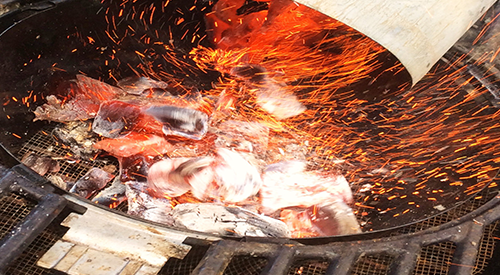

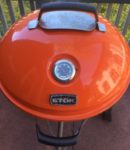 The Kettle Grill
The Kettle Grill